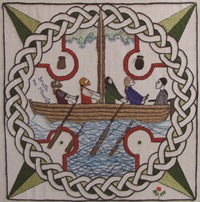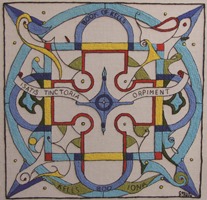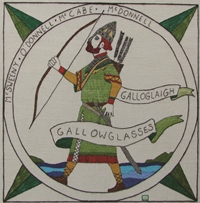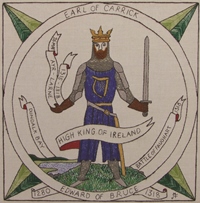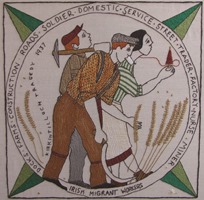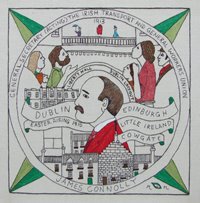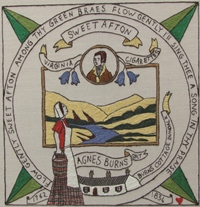|
IE01 |
IE02 |
IE03 |
|
IE04 |
IE05 |
IE06 |
|
|
|
|
|
|
IE07 |
Scotland and Ireland have been intimately connected from the very earliest days of their history. The narrow stretch of sea which separates them has never been much of an obstacle to the bold Celtic peoples on either side. Indeed, Scotland’s very name derives from the Scoti, a people who first appear in late Roman writings as raiders from Ireland, but who then settled in large numbers in the north of Britain.
Cultural and linguistic connections between the Scots and Irish remained strong thereafter, especially in the Highlands where the similarities remain striking. Some writers even claim that St Patrick may have been born in Scotland (Old Kilpatrick near Dumbarton makes a claim) before he was seized by raiders and taken to Ireland. Ties of blood and culture meant that it was common for clans and landowners to have property and influence on both sides of the sea, and to take part in feuds and conflicts which crossed the frontier as well.
Migration between Scotland and Ireland has long been a two-way process. In the seventeenth century there was considerable and deliberate Scottish migration into Ulster (see Northern Ireland), for example, but in the nineteenth century there was a boom in Irish migration to Scotland, especially in the wake of the Great Famine of the late 1840s. Economic difficulties triggered large scale emigration, leading to a large increase of Irish (often Catholic) into industrial and urban areas of lowland Scotland. Those Scots who went to Ireland are often termed Scots-Irish, and those Irish who came to Scotland became Irish-Scots.

